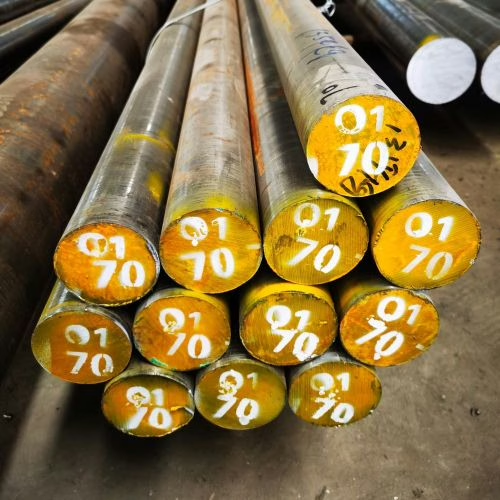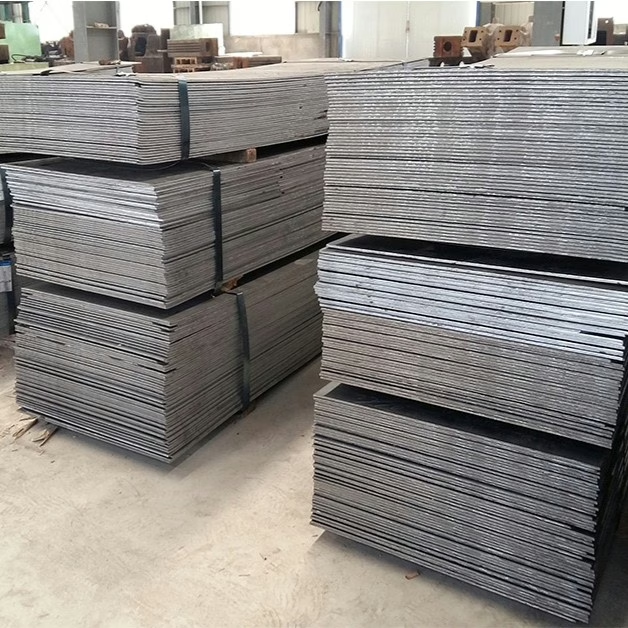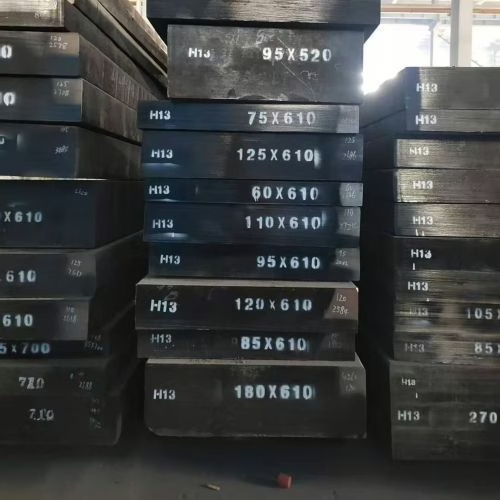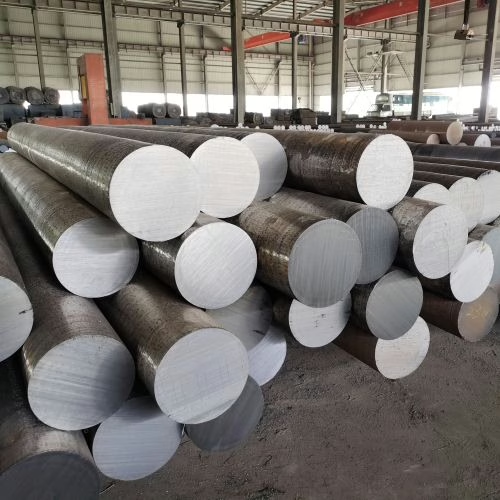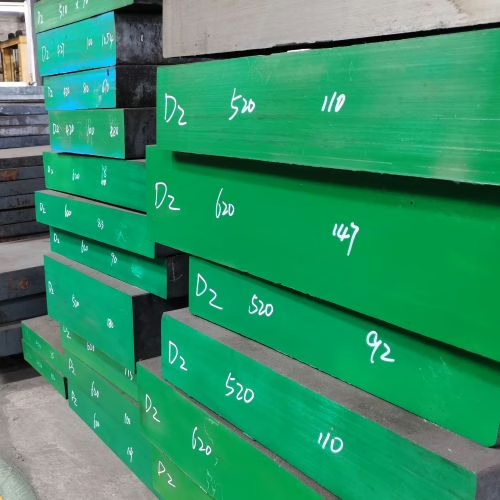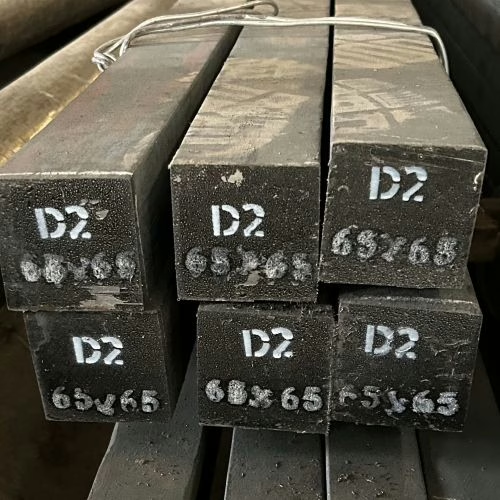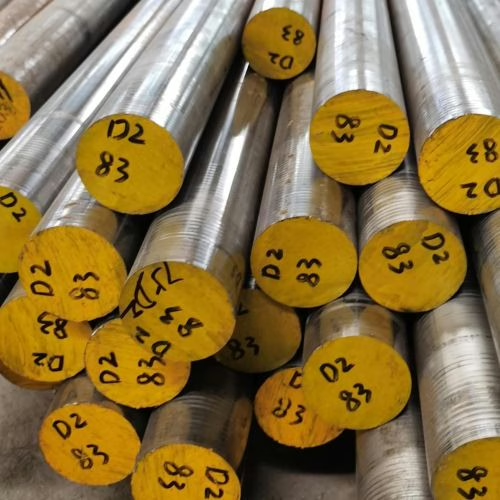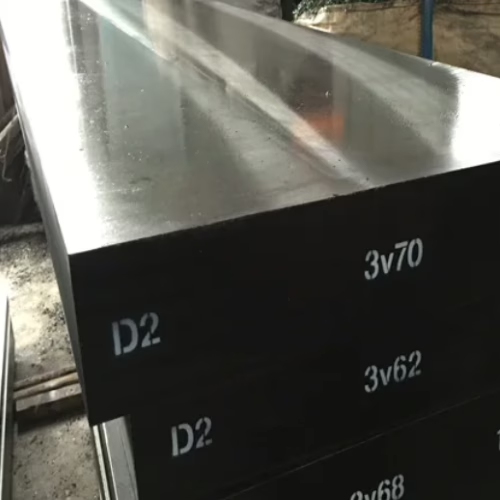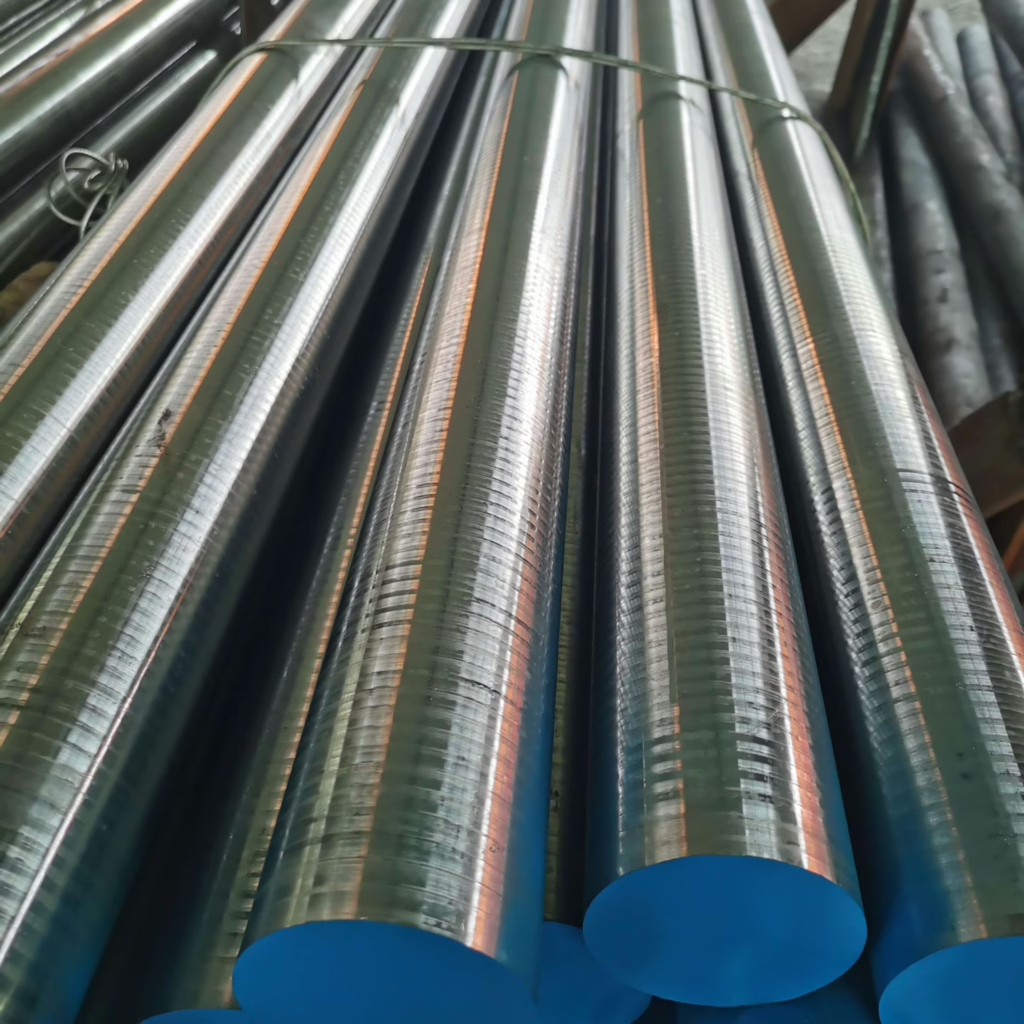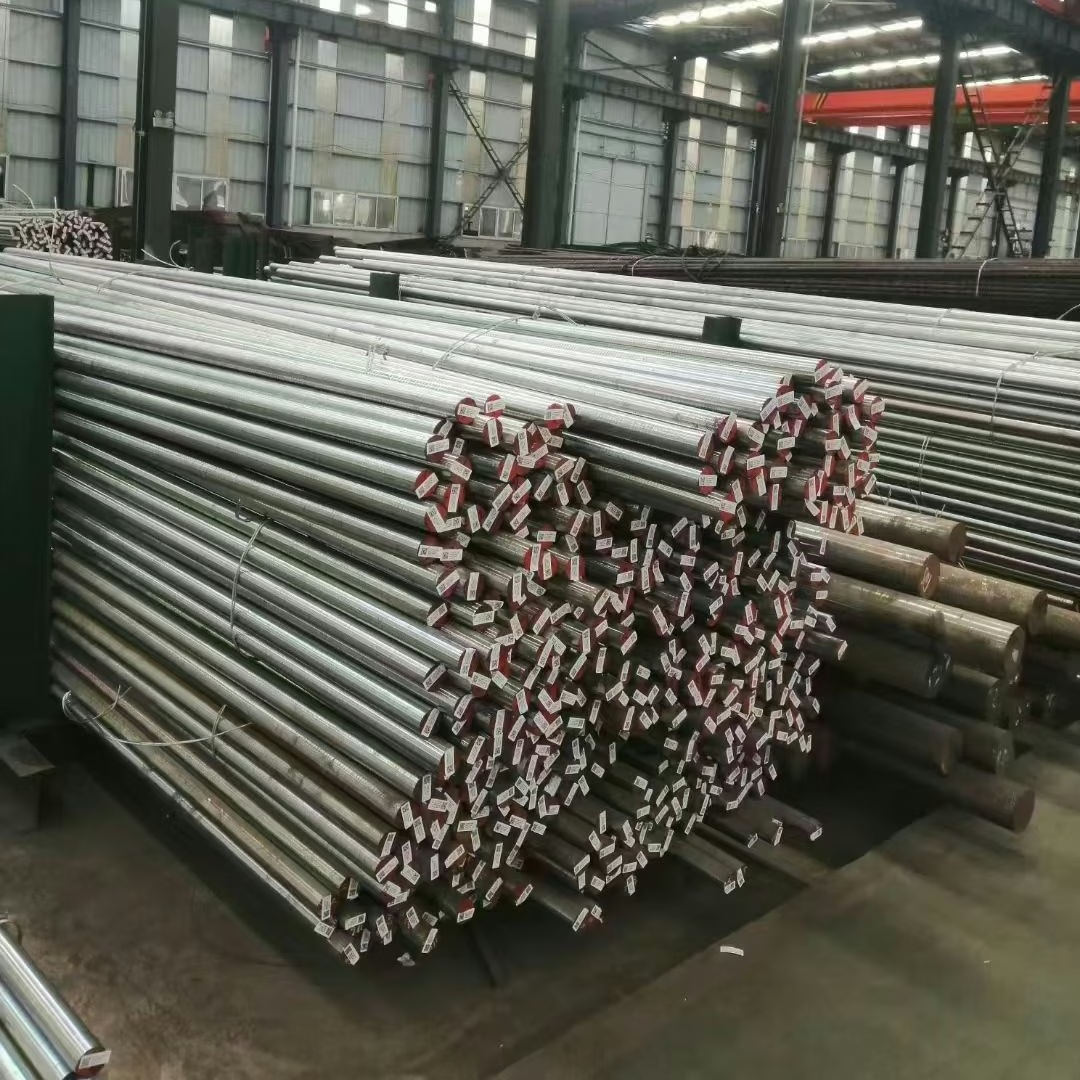O1 Steel Heat Treatment Guide
O1 tool steel is a popular general-purpose, oil-hardening tool steel known for its good abrasion resistance and sufficient toughness across a wide range of tooling applications. The correct heat treatment process is key to achieving the performance of O1 tool steel. Improper heat treatment can cause O1 tools to fail prematurely. The heat treatment process […]

